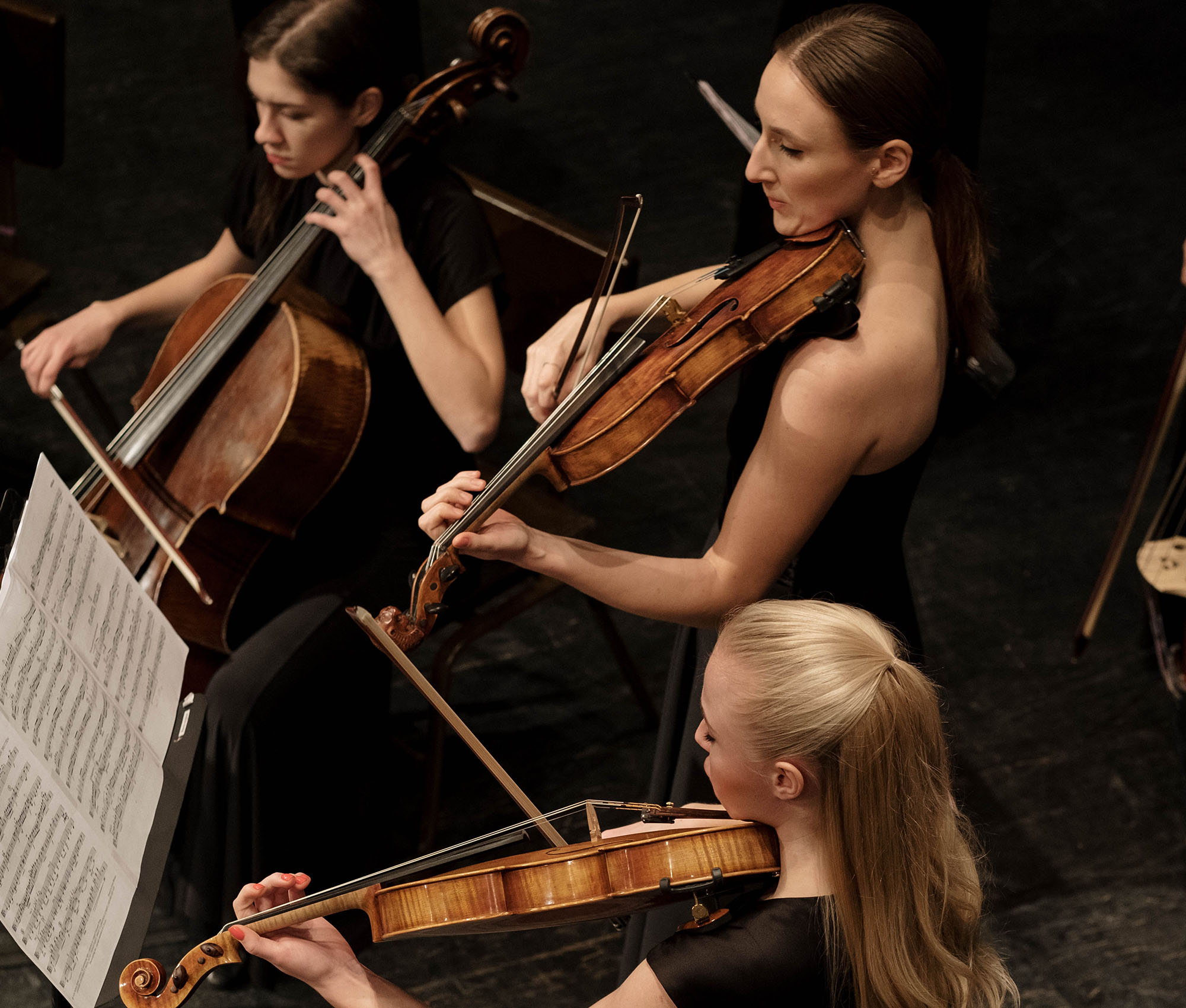Intro
The use of optical lenses and glass discs that bend light rays, makes it possible to zoom in and out with a camera, while maintaining the picture's sharpness. This zooming is a form of linear transformation of the photo.

Optical lenses are somewhat problematic though. Since the light is bent differently depending on its color, pictures taken with a single lens will appear blurred.
Therefore, a camera lens is composed of multiple optical lenses placed in series to correct for distortion. Consequently, the final picture captured by a camera can be viewed as a composition of linear transformations.
Concept
Since the product of multiplying a vector by a matrix is a new vector, there is nothing stopping us from multiplying such resulting vector by a second matrix to form a third vector.
Alternatively, this vector can be obtained by first multiplying the two matrices, hence forming a single matrix to multiply the initial vector by.
Matrices we use to multiply vectors constitute linear transformations. A matrix constructed as a product of two separate matrices form a composition of two linear transformations.
A composition of linear transformations performs multiple linear transformations all at once
This concept is not limited to two matrices, and can be extended to any number of individual linear transformations.
Math
If we let and refer to two linear transformations, and we want to apply followed by to the vector , then the equation of the composite linear transformation looks as follows:
Now it does not matter in which order we carry out the calculations.
Hence, we can write as a single linear transformation by defining :
Note, however, that matrix multiplications are not necessarily commutative, which means we must pay attention to the order of and
Following this template, we can form a composition of any number of linear transformations as
Compositions
A composition of two linear transformations refers to performing two linear transformations at the same time. Take the example that is a rotation and is a reflection, according to:
then the composite linear mapping would be:
For the arbitrary vector , we first perform a rotation and then a reflection (execution takes place from right to left, and you read this as S circle R). Let the standard matrices and apply to the respective transformations. Then we have that the composite standard matrix is:
such that:
This also applies analogously to the composition of linear transformations. Then we have that the default matrix for:
becomes:
Since matrix multiplication depends on the order and one can not assume that the multiplication is commutative (AB = BA), it applies analogously to linear transformations.
Example
Let be the rotation with angle and be the reflection of the line . Then we have the two vectors and as shown below:



